Mlima Kilimanjaro, more commonly known as Mount Kilimanjaro, is an iconic geographical landmark located in Tanzania, East Africa. Rising majestically from the African plains, this awe-inspiring mountain is the tallest peak on the African continent, standing at an impressive height of 5,895 meters (19,341 feet) above sea level. Its prominence extends far beyond its physical stature, as it holds immense cultural, ecological, and spiritual significance for the people of Tanzania and visitors from around the world. Known by different names in various languages, Mount Kilimanjaro embodies a sense of wonder and adventure across linguistic and cultural boundaries. In French, it is referred to as “Mont Kilimandjaro,” evoking images of grandeur and exploration. German speakers recognize it as “Kilimandscharo,” reflecting the mountain’s imposing presence in their linguistic landscape. Italian speakers refer to it as “Monte Kilimangiaro,” capturing the essence of its majestic allure in the Italian tongue. Spanish speakers know it as “Monte Kilimanjaro,” a name that resonates with the spirit of adventure and discovery.
In Chinese, Mount Kilimanjaro is represented as “基里马乔山” (Jīlǐmǎqiáo Shān), conjuring images of rugged beauty and natural splendour in the minds of Chinese speakers. Japanese speakers recognize it as “キリマンジャロ山” (Kirimanjaro-san), a name that echoes with reverence and admiration for this towering natural wonder.
In Russian, it is known as “Гора Килиманджаро” (Gora Kilimandzharo), a name that carries a sense of mystery and fascination for Russian speakers. Nevertheless, at the core of all these linguistic interpretations lies the original Swahili name, “Mlima Kilimanjaro.” In Swahili, “Mlima” means “mountain,” while “Kilimanjaro” is believed to be a combination of two words from the Chagga dialect: “kilima,” meaning “hill” or “mountain,” and “njaro,” meaning “whiteness” or “shining.” Together, “Mlima Kilimanjaro” embodies the essence of this towering peak, with its snow-capped summit glistening in the sunlight, beckoning adventurers and nature enthusiasts alike to embark on a journey of a lifetime. The spectacular landscapes surrounding Mount Kilimanjaro provide a breathtaking backdrop for intrepid hikers and explorers.
About the name Kilimanjaro. Who named it, what does it mean and how did the mountain get its name?
How do you spell and pronounce Kilimanjaro?
Why is kilimanjaro nicknamed Africa’s Rooftop
Mount Kilimanjaro in French, German, Spanish and other languages
- Swahili (Mlima Kilimanjaro): This is the native language of Tanzania, where Mount Kilimanjaro is located. “Mlima Kilimanjaro” directly translates to “Mount Kilimanjaro” in English. Swahili is widely spoken in East Africa, and the name reflects the local heritage and culture of the region.

Mlima Kilimanjaro in Swahili - Spanish (Monte Kilimanjaro): In Spanish, “Monte Kilimanjaro” means “Mount Kilimanjaro.” Spanish is spoken in many countries worldwide, and this translation maintains the original name while making it accessible to Spanish speakers.

In Spain, they call it Monte Kilimanjaro - French (Mont Kilimandjaro): “Mont Kilimandjaro” is the French translation of “Mount Kilimanjaro.” French is spoken in numerous countries across the world, and this translation allows French speakers to refer to the iconic mountain.

In France, Belgium and Francophone countries they call it Mont Kilimandjaro - German (Kilimandscharo): “Kilimandscharo” is the German name for Mount Kilimanjaro. German is widely spoken in Germany, Austria, Switzerland, and other parts of Europe. The name reflects the unique phonetics of the German language.

In Germany, Austria, Switzerland and Bavarian/German speaking countries they call it Kilimandscharo - Italian (Monte Kilimangiaro): In Italian, Mount Kilimanjaro is referred to as “Monte Kilimangiaro.” Italian is spoken in Italy and parts of Switzerland and is known for its melodious sound. The translation preserves the essence of the mountain’s name.

In Italy, the call it Monte Kilimangiaro - Portuguese (Monte Kilimanjaro): “Monte Kilimanjaro” is the Portuguese translation of Mount Kilimanjaro. Portuguese is spoken in Portugal, Brazil, and several other countries. This translation maintains the original name while making it accessible to Portuguese speakers.

In Portugal and Brazil, they call it Monte Kilimanjaro - Dutch (Kilimanjaro): The Dutch translation of Mount Kilimanjaro is simply “Kilimanjaro.” Dutch is spoken in the Netherlands, Belgium, and Suriname. This concise translation is recognizable to Dutch speakers worldwide.

In Netherlands, the simply call it Kilimanjaro - Russian (Гора Килиманджаро – Gora Kilimandzharo): In Russian, Mount Kilimanjaro is known as “Гора Килиманджаро” (Gora Kilimandzharo). Russian is spoken in Russia and other countries in Eastern Europe and Central Asia. This translation reflects the phonetic and grammatical structure of the Russian language.

In Russia, they call it Гора Килиманджаро – Gora Kilimandzharo - Chinese (Simplified) (基里马乔山 – Jīlǐmǎqiáo Shān): “基里马乔山” (Jīlǐmǎqiáo Shān) is the Simplified Chinese translation of Mount Kilimanjaro. Chinese is spoken in China, Taiwan, Singapore, and other parts of the world. This translation captures the mountain’s name using Chinese characters.

In China, they call it 基里马乔山 – Jīlǐmǎqiáo Shān - Japanese (キリマンジャロ山 – Kirimanjaro-san): In Japanese, Mount Kilimanjaro is called “キリマンジャロ山” (Kirimanjaro-san). Japanese is spoken in Japan and has a unique writing system. This translation allows Japanese speakers to refer to the mountain using their language.

In Japan they call it キリマンジャロ山 – Kirimanjaro-san - Arabic (جبل كيليمنجارو – Jabal Kilimanjaro): “جبل كيليمنجارو” (Jabal Kilimanjaro) is the Arabic translation of Mount Kilimanjaro. Arabic is spoken across the Middle East and North Africa. This translation maintains the integrity of the mountain’s name in the Arabic script.

In Dubai, Jordan, United Arab Emirates, Saudi Arabia, they call it جبل كيليمنجارو – Jabal Kilimanjaro - Hindi (किलिमंजारो पर्वत – Kilimanjaro Parvat): In Hindi, Mount Kilimanjaro is known as “किलिमंजारो पर्वत” (Kilimanjaro Parvat). Hindi is spoken in India and parts of South Asia. This translation uses Hindi script to represent the mountain’s name.

In India they call it किलिमंजारो पर्वत – Kilimanjaro Parvat
- What does Denali name mean, how was it formed and when did it change from Mc Kinley?
- How Stella Point was named after Estella Latham, the first woman to reach this point
- Mount Everest name – 10 things you did not know about George Everest who gave the mountain its name
The Kilimanjaro region boasts an incredible diversity of flora and fauna, including unique species that have adapted to the challenging conditions of the mountain. From lush rainforests to vast alpine meadows, each zone of Kilimanjaro’s ecological tapestry offers a distinct and captivating experience. For those who dare to conquer the summit, it is a test of physical endurance, mental fortitude, and unwavering determination. The climb presents a variety of routes, each posing its own challenges and rewards. Whether ascending through the popular Marangu route, known as the “Coca-Cola” trail, or venturing into the remote and arduous Western Breach, the journey to the top demands resilience and respect for the mountain’s unpredictable nature. As climbers ascend through different vegetation zones, they are greeted by ever-changing landscapes. The lower slopes showcase dense rainforests teeming with life, while the upper slopes reveal a barren and lunar-like environment.
The final push to the summit takes climbers across treacherous scree slopes, through freezing temperatures, and past towering glaciers that continue to recede in the face of climate change. Reaching Uhuru Peak, the highest point of Kilimanjaro, is an unparalleled achievement. Standing atop this iconic summit, adventurers are rewarded with a panoramic view that stretches across the vast plains of Africa, with the shimmering silhouette of Mount Meru in the distance. The sense of accomplishment and awe is palpable, as the realization sinks in that they have conquered one of the world’s most formidable natural wonders. Beyond its physical allure, Mount Kilimanjaro holds a profound spiritual significance for the people of Tanzania. For centuries, it has been revered as a sacred place, with various tribes attributing different meanings to its presence. Some view it as a link between heaven and earth, a place where the divine meets the mortal realm. Others see it as a symbol of strength and unity, representing the resilience and shared heritage of the Tanzanian people. Today, Mount Kilimanjaro continues to inspire countless adventurers, spiritual seekers, and nature enthusiasts from around the globe. Its summit beckons those with a thirst for exploration and a love for the natural world. The journey to the top is more than just a physical endeavour; it is a transformative experience that challenges individuals to push beyond their limits, embrace their inner strength, and connect with the untamed beauty of the Earth. In the shadow of this majestic mountain, stories are written, dreams are realized, and lifelong memories are made. Mlima Kilimanjaro stands as a testament to the indomitable spirit of humanity and the remarkable power of nature to captivate our imaginations. It invites us to venture into the unknown, to discover our own potential, and to forge a deep and lasting connection with the world around us. As the sun sets behind the snow-capped summit, the mountain whispers a timeless message: come, explore, and be forever changed by the magic of Kilimanjaro.
![]()

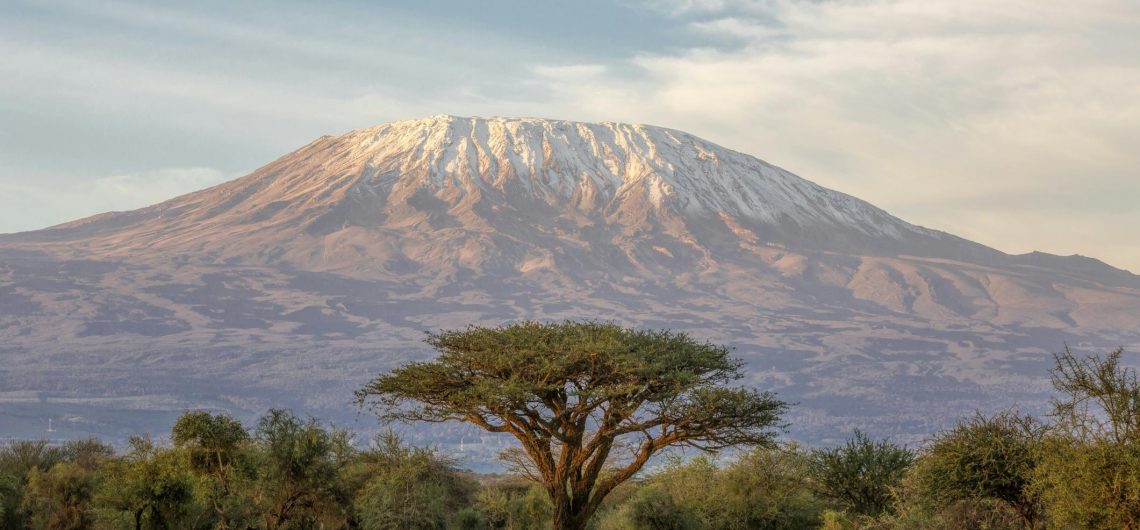
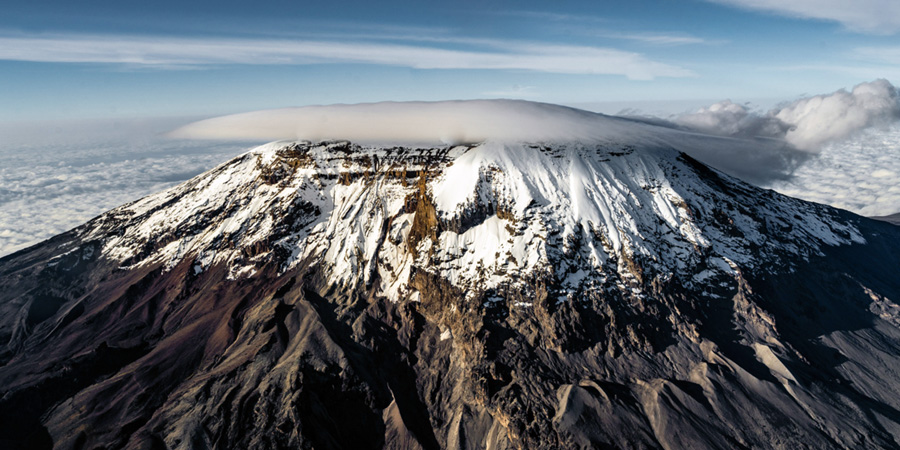
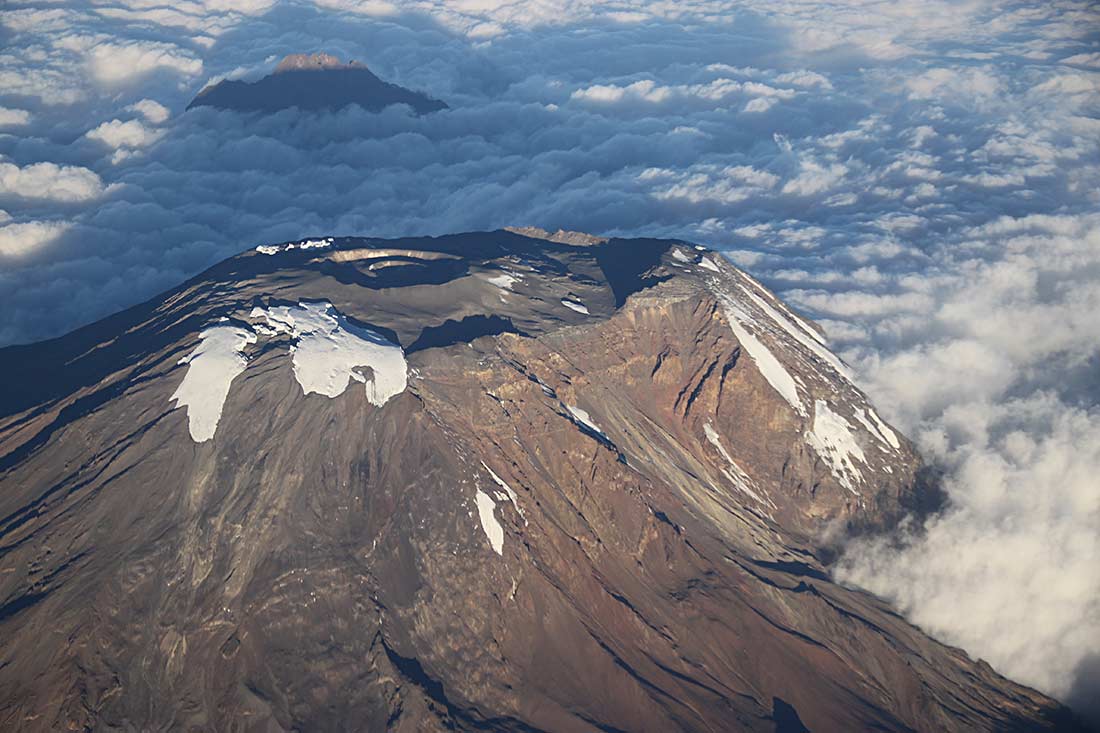
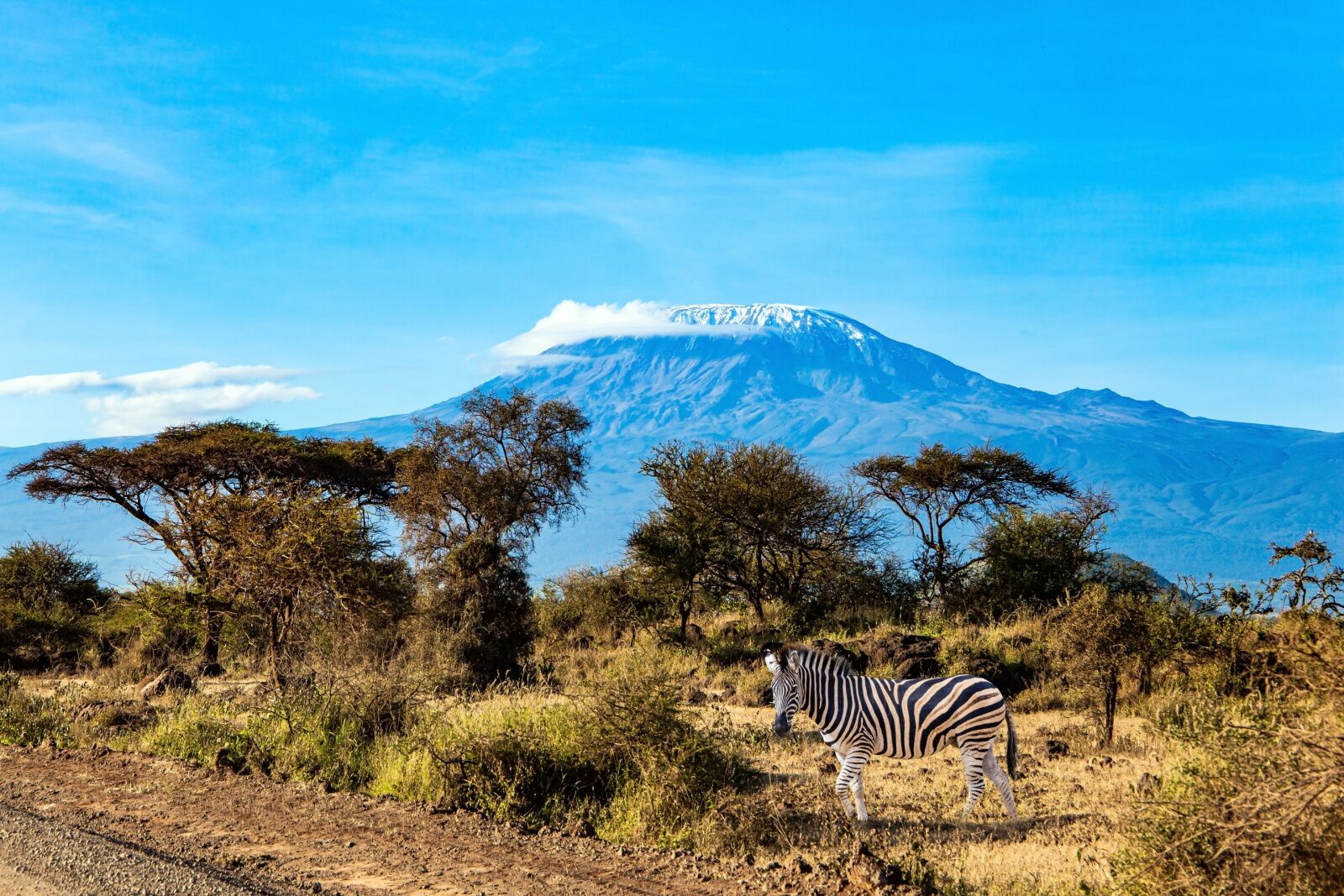
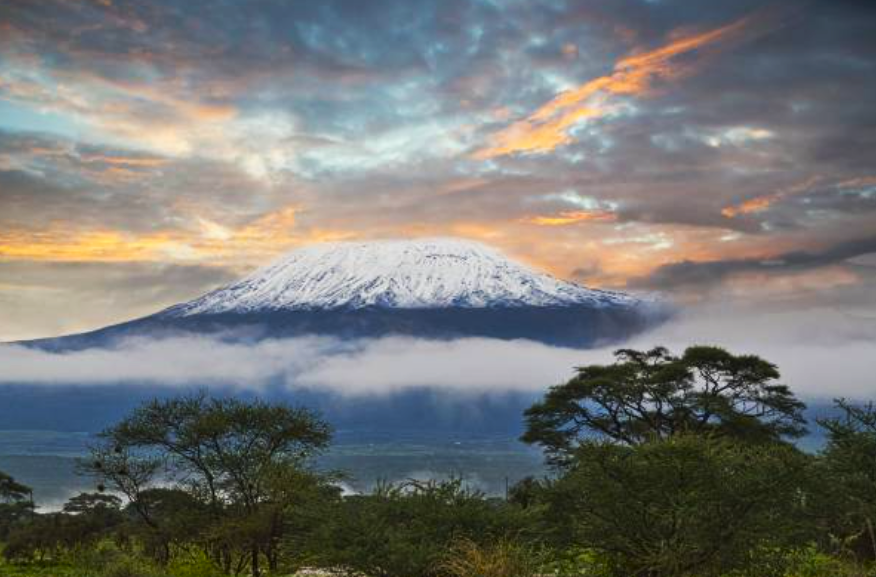
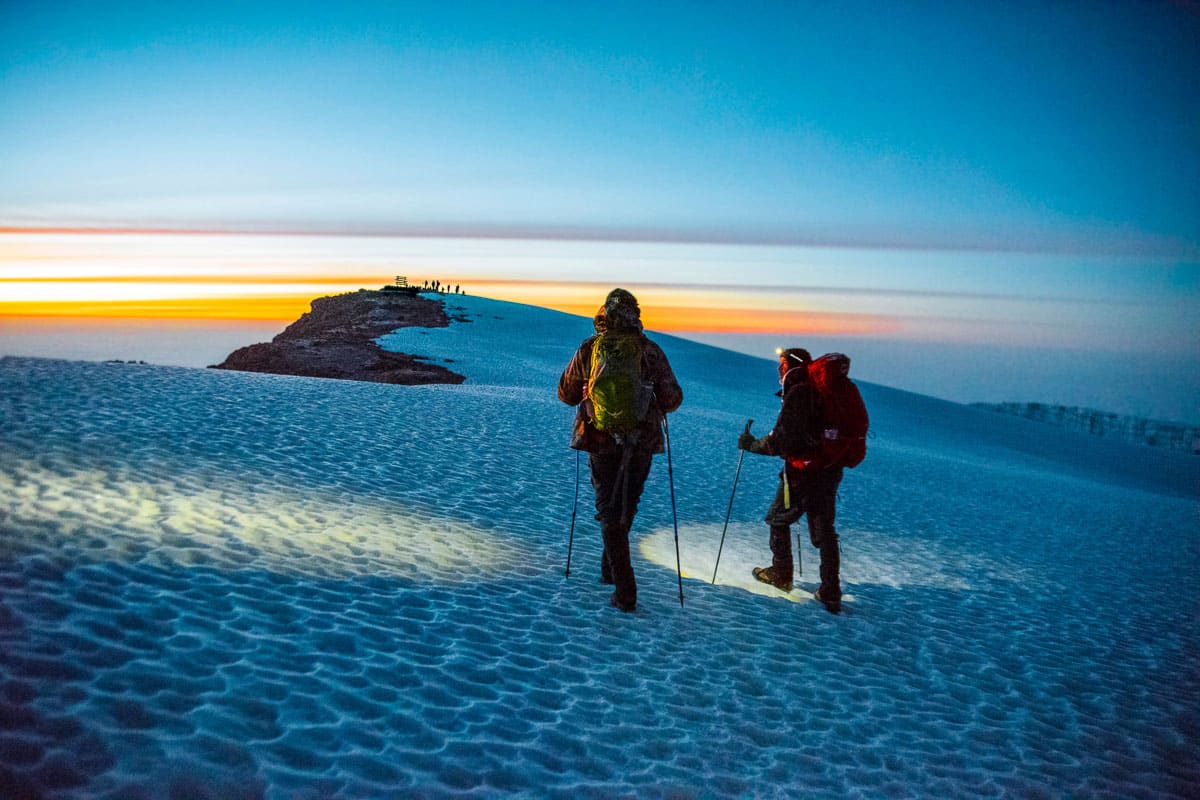
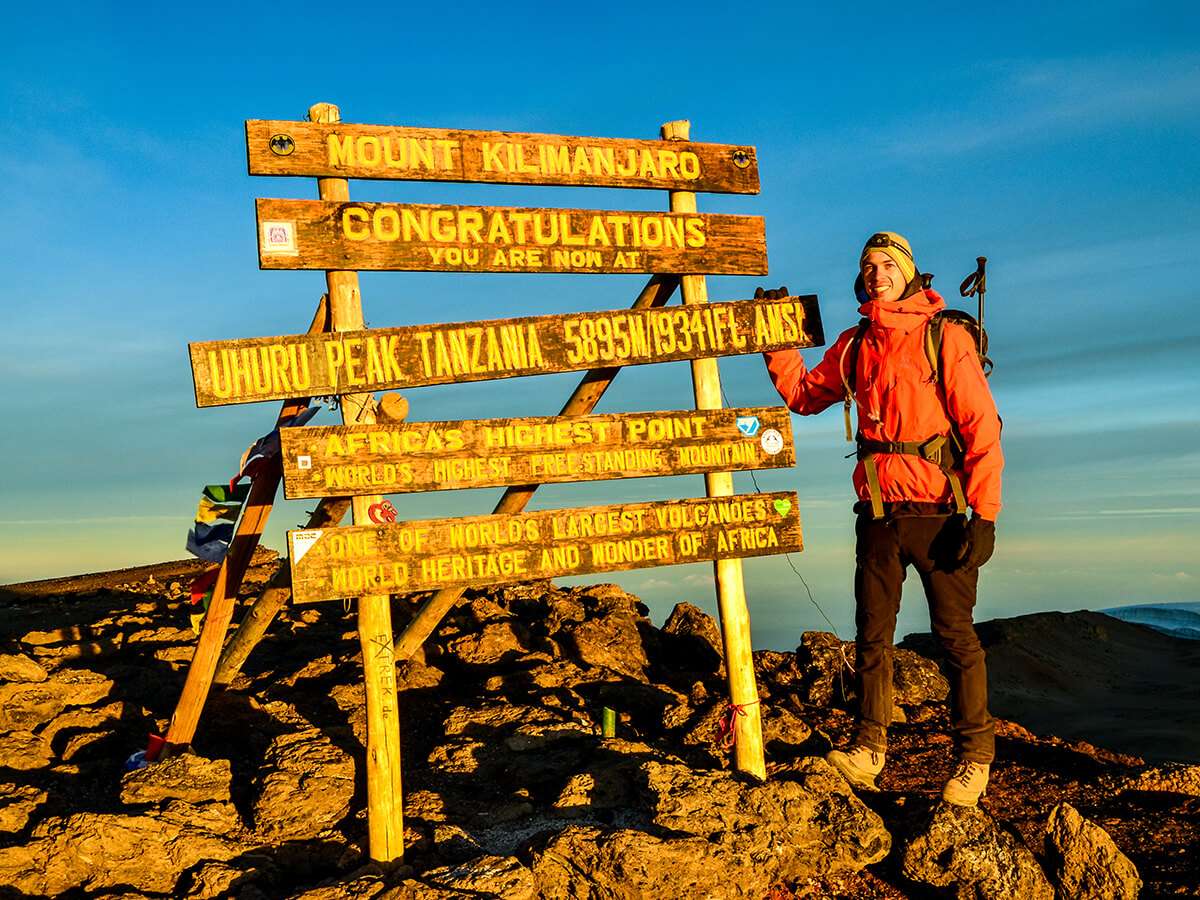
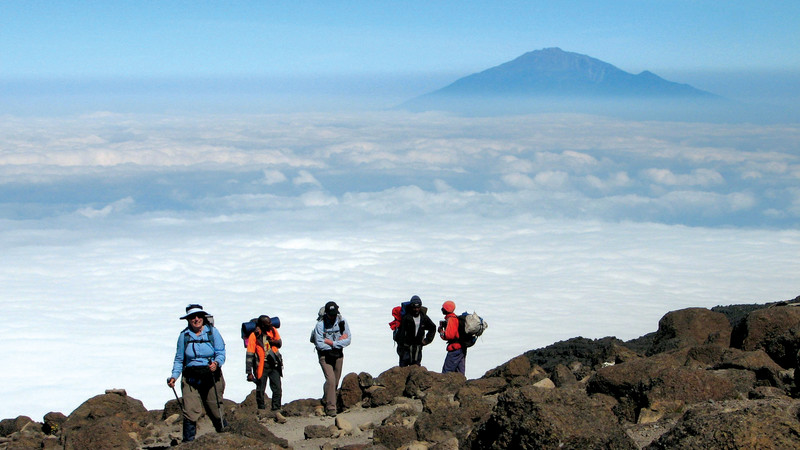
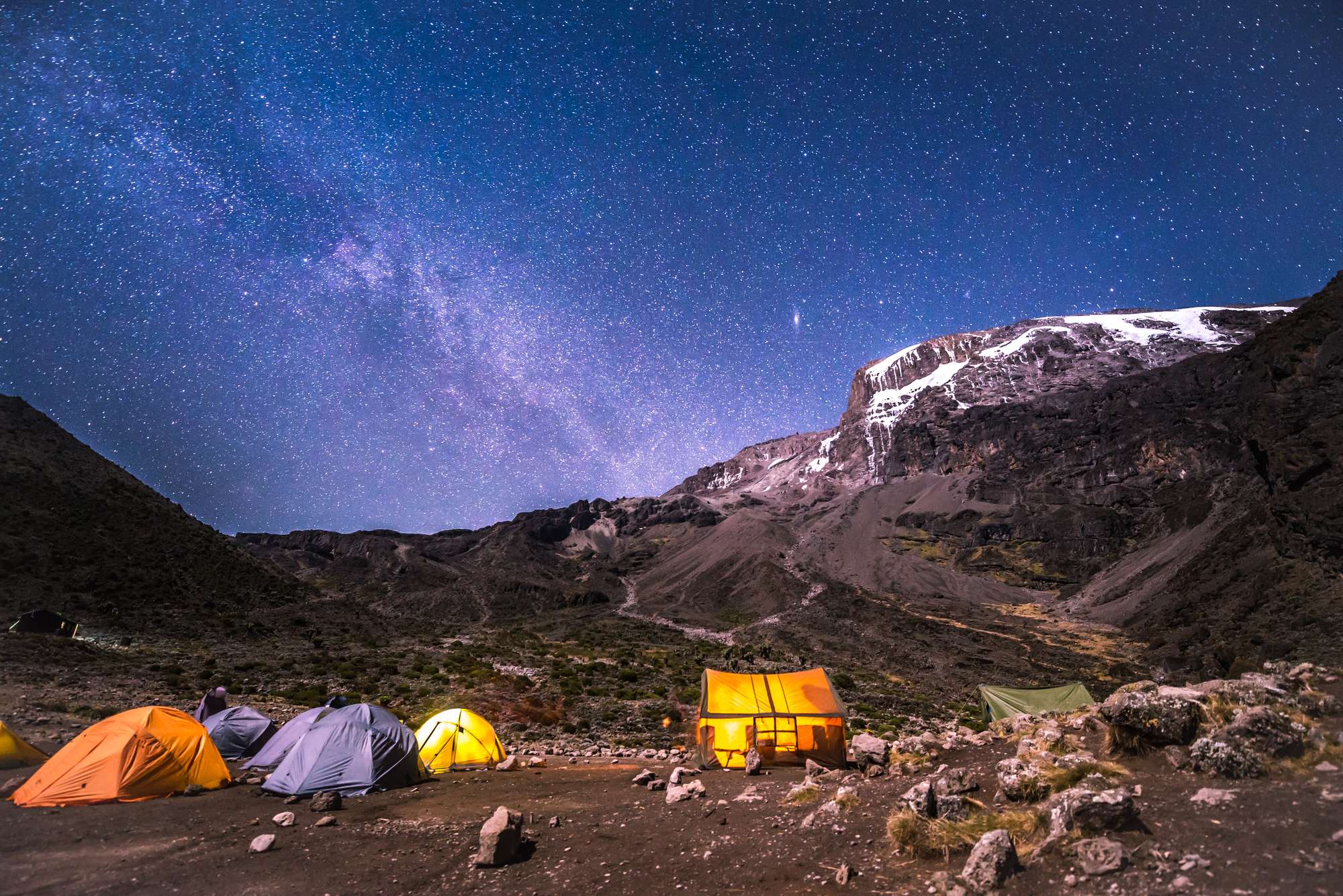
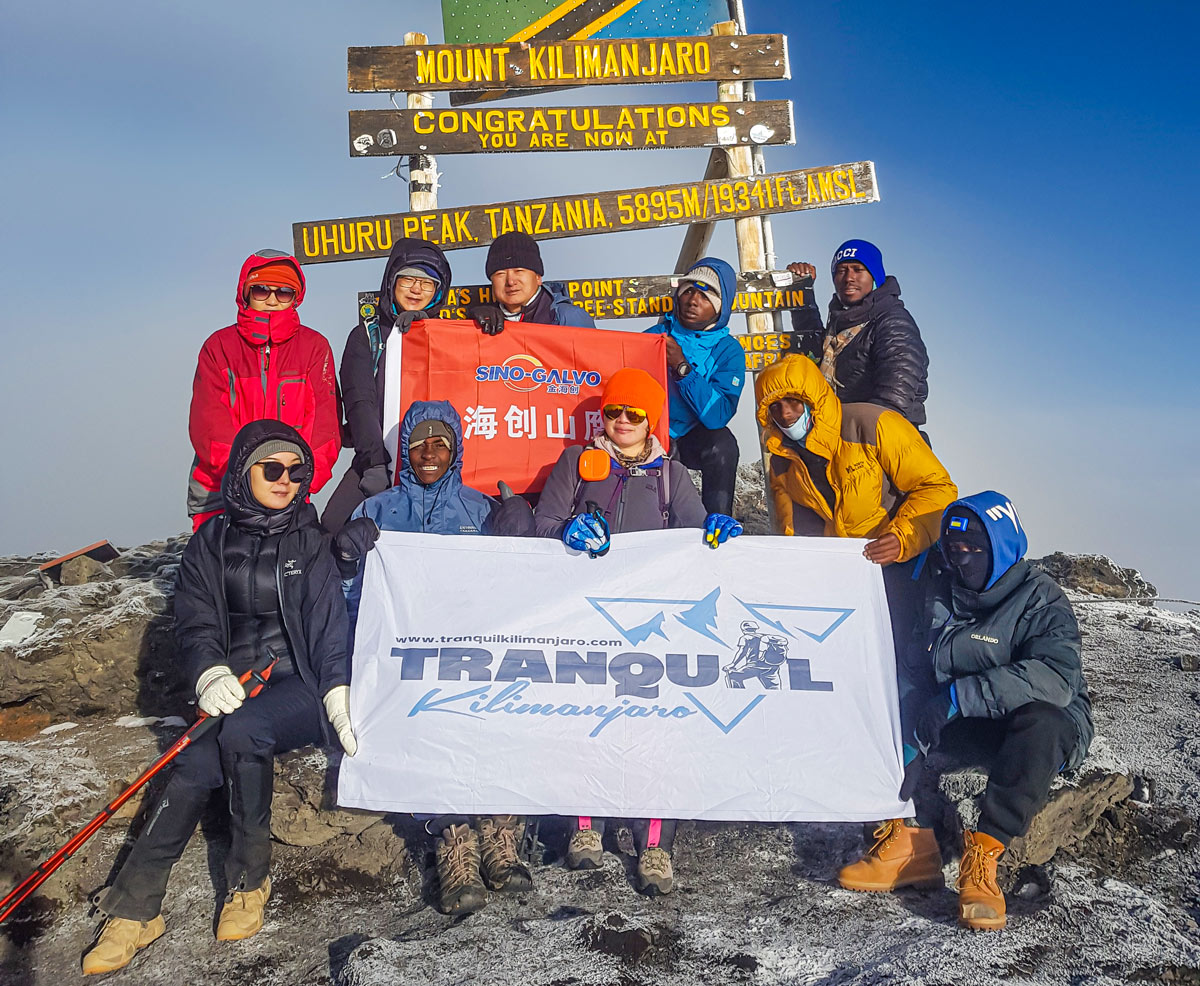
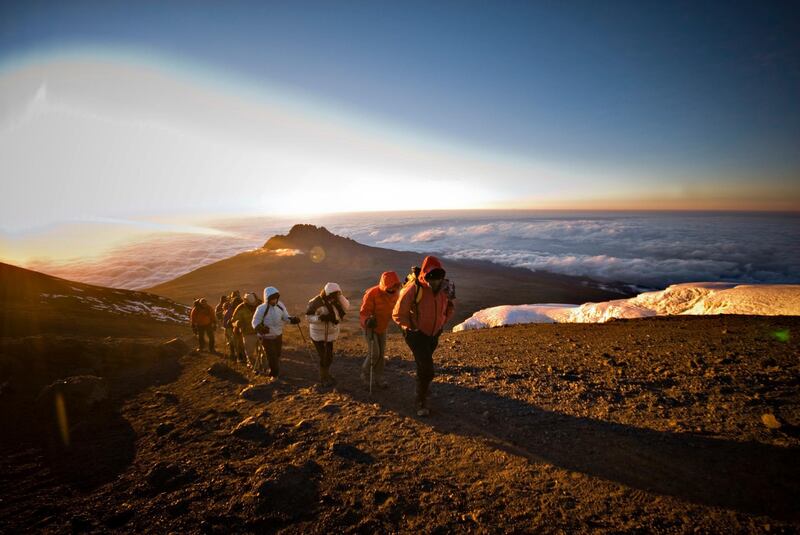
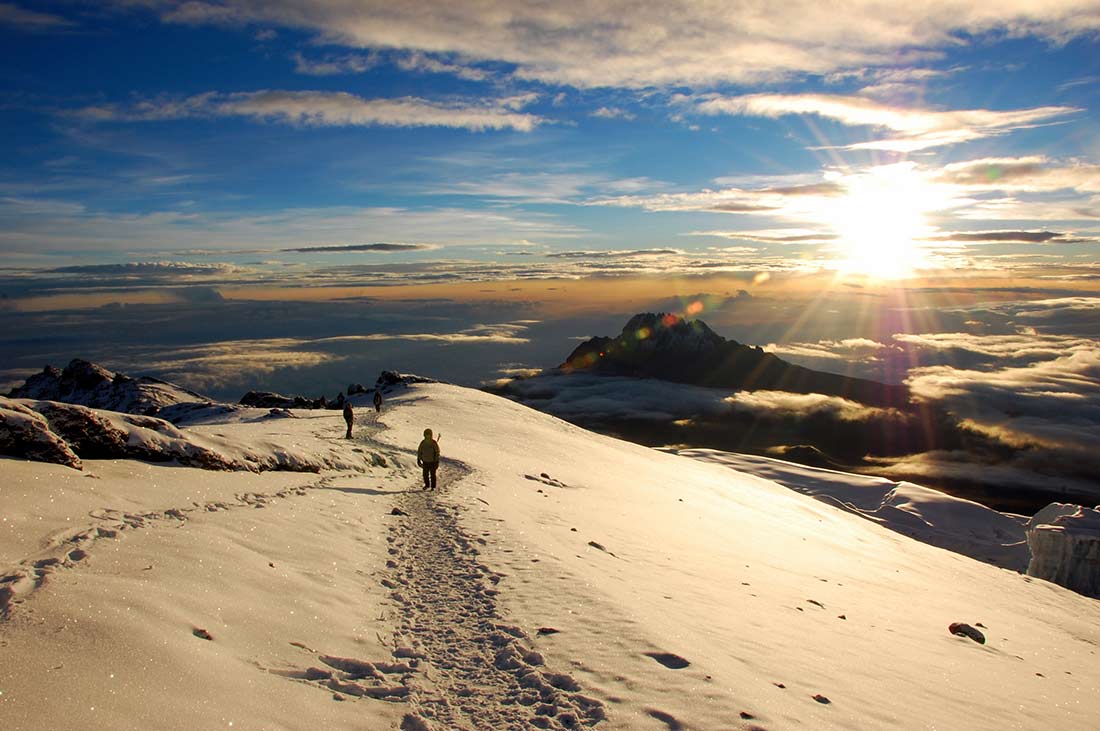
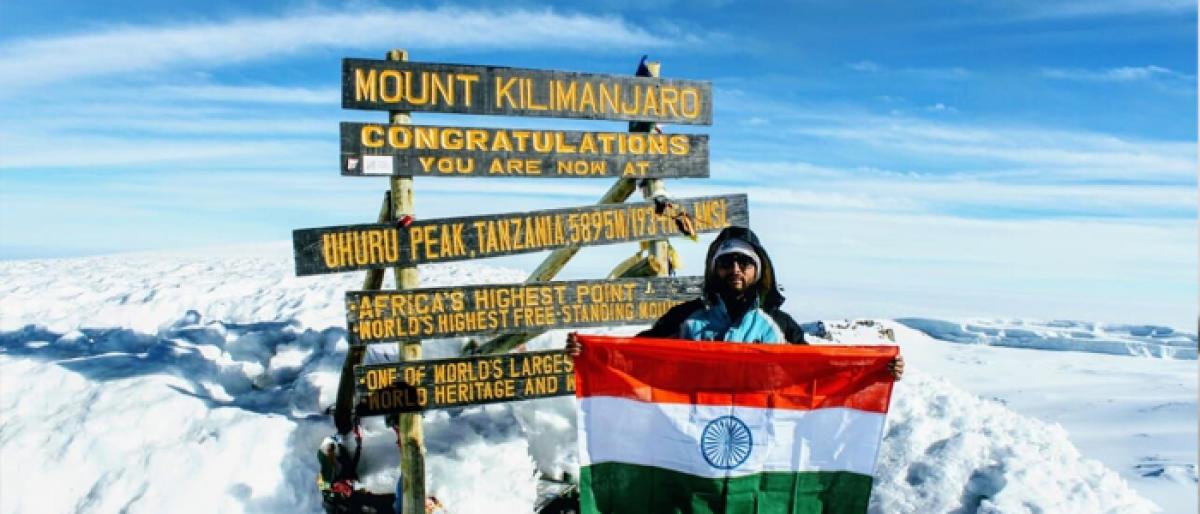
Comments